Shackleton's lost Endurance ship discovered beneath Antarctic sea
The wreck discovery is 'a milestone in polar history.'
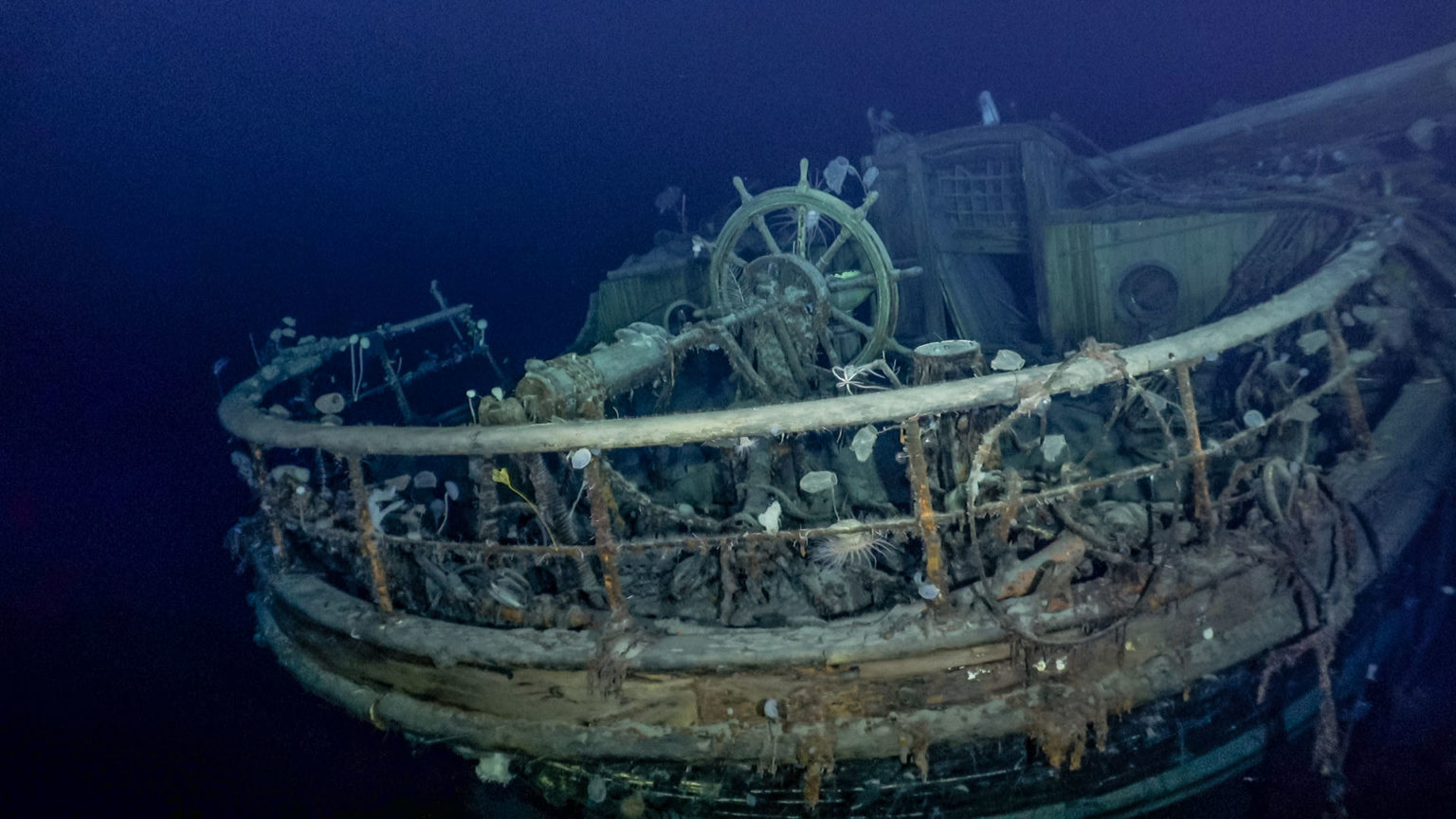
The wreck of the steam-yacht Endurance, which famously sank in 1915 during an Antarctic expedition by the polar explorer Ernest Shackleton, has been rediscovered by searchers using autonomous underwater vehicles.
The shipwreck was found at a depth of 9,869 feet (3,008 meters) beneath West Antarctica's Weddell Sea, according to the Falklands Maritime Heritage Trust (FMHT), which sponsored the search.
That's only about 4 nautical miles (7 km) south of the location fixed by the ship's captain, Frank Worsley, who used a sextant to record the position of its sinking after several months of the ship being surrounded and eventually crushed by ice.
Related: Retouched photos of Shackleton's 1914 expedition
"This is a milestone in polar history," the search expedition's director Mensun Bound said in a statement. "We are overwhelmed by our good fortune in having located and captured images of Endurance."
Shackleton recorded that the ship was crushed by masses of surrounding sea ice in its final weeks, which tipped it over, stove in several planks in the stern and caused its timbers to groan, crack, and "scream."
But the nearly-found wreck of the Endurance seems remarkably well-preserved, in spite of its trials.
Sign up for the Live Science daily newsletter now
Get the world’s most fascinating discoveries delivered straight to your inbox.
"This is by far the finest wooden shipwreck I have ever seen," Bound said. "It is upright, well proud of the seabed, intact, and in a brilliant state of preservation. You can even see [the name] 'Endurance' arced across the stern."
Years of searching
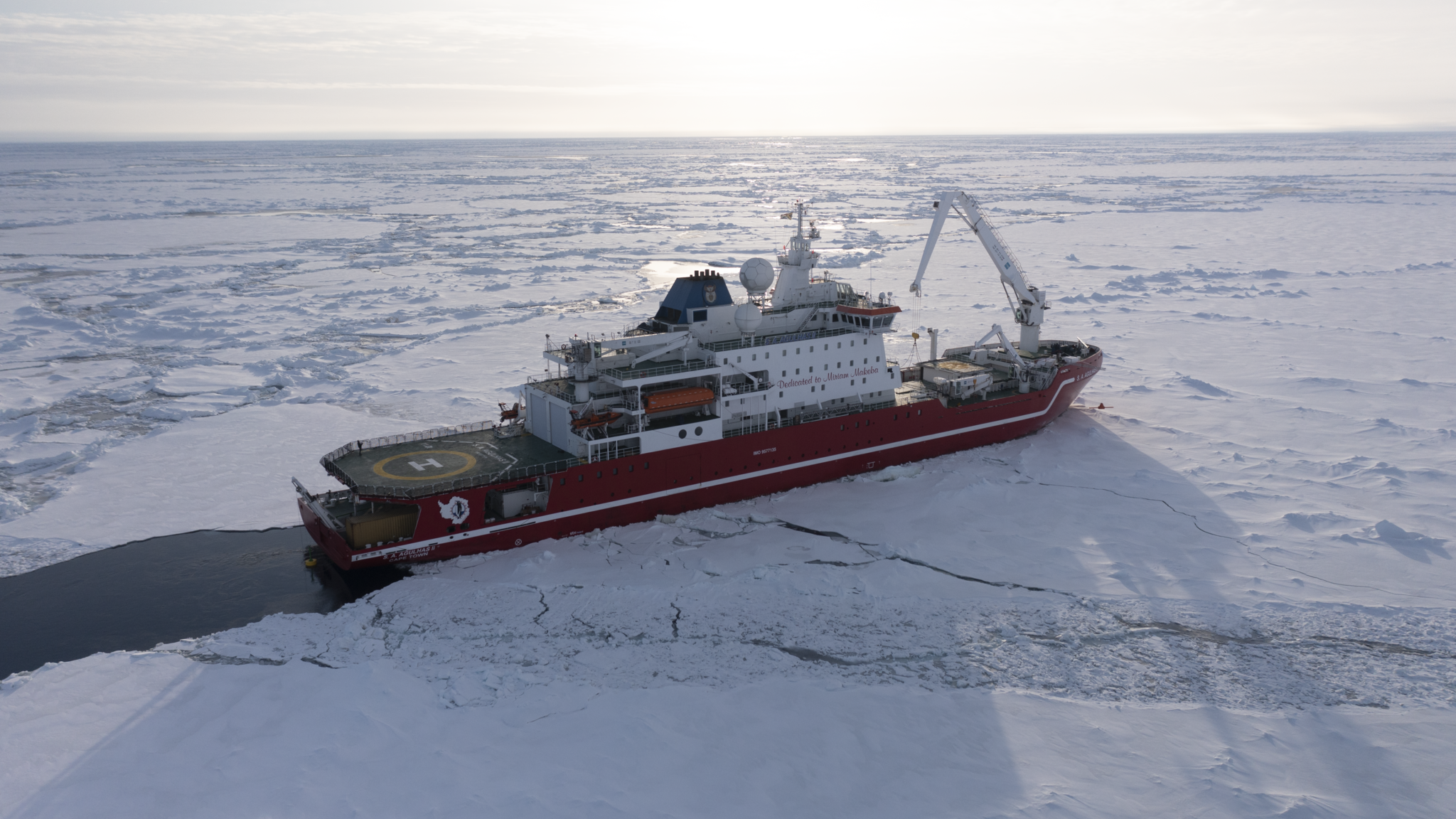
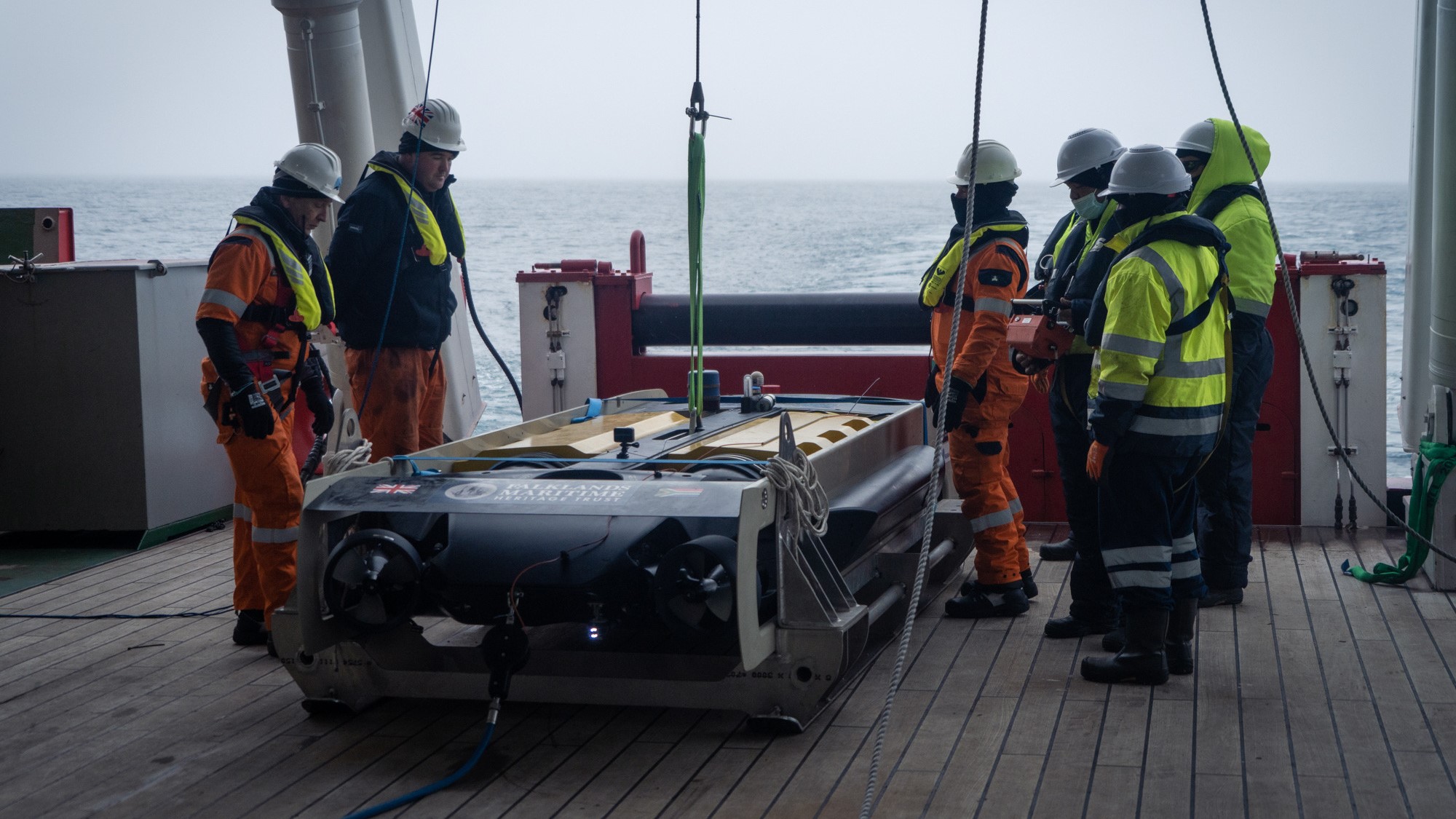
The rediscovery is the culmination of years of searching for the wreck of the Endurance, which became famous partly because of the dramatic photographs of its sinking and the astonishing journey of survival that followed.
But the wreck is located only a few hundred miles from the coast of Antarctica; the region is often completely covered with sea ice, which has forced previous search efforts to turn back.
Related: In photos: Searching for Shackleton's Endurance shipwreck
A team of searchers on board the South African polar research vessel Agulhas II finally located the wreck on Saturday (March 5) — by coincidence, the hundredth anniversary of Ernest Shackleton's funeral in 1922.
"We have successfully completed the world's most difficult shipwreck search, battling constantly shifting sea-ice, blizzards, and temperatures dropping down to -18 C [minus 0.4 F]," the search expedition's leader John Shears told BBC News. "We have achieved what many people said was impossible."
Antarctic shipwreck
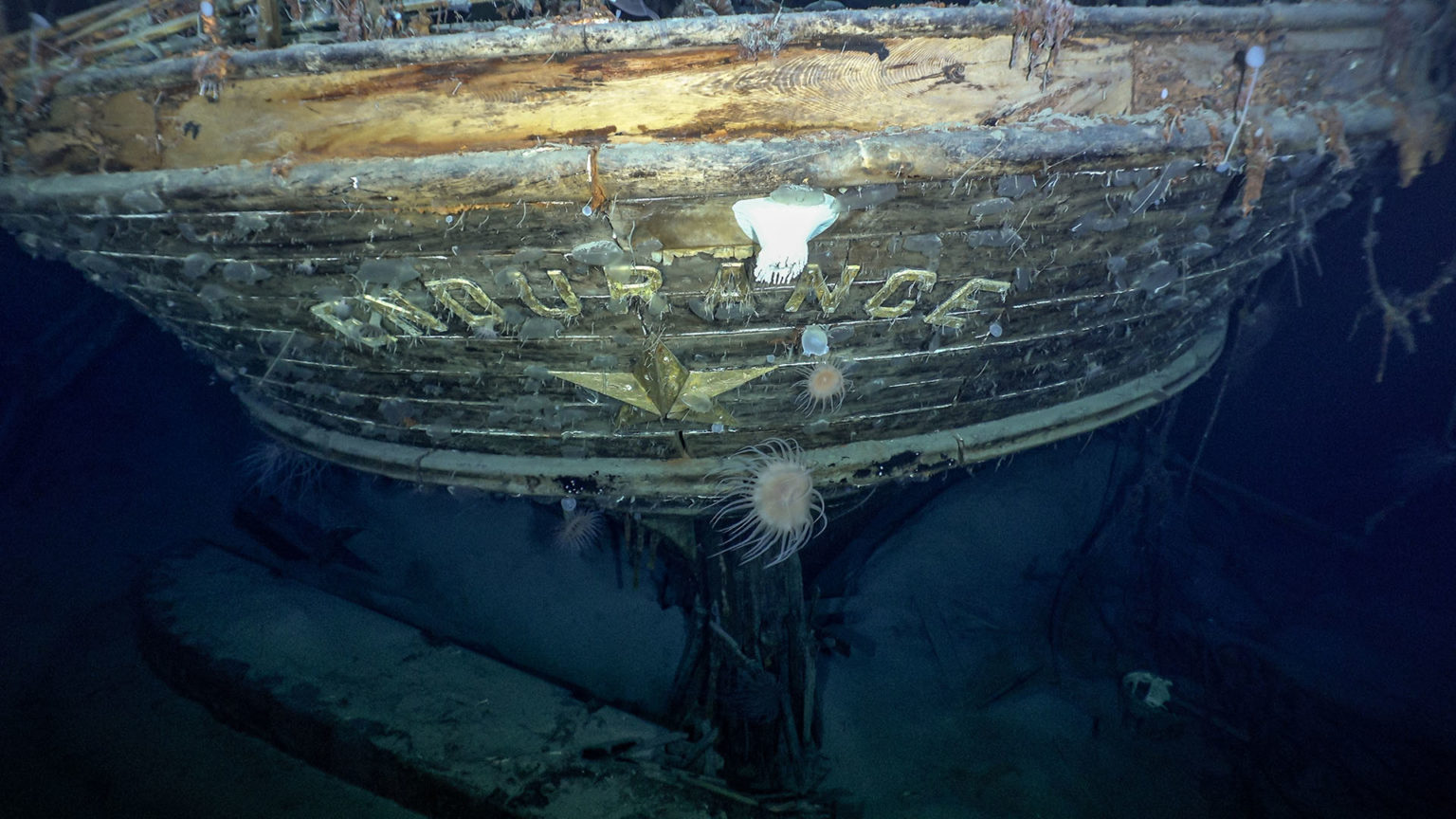
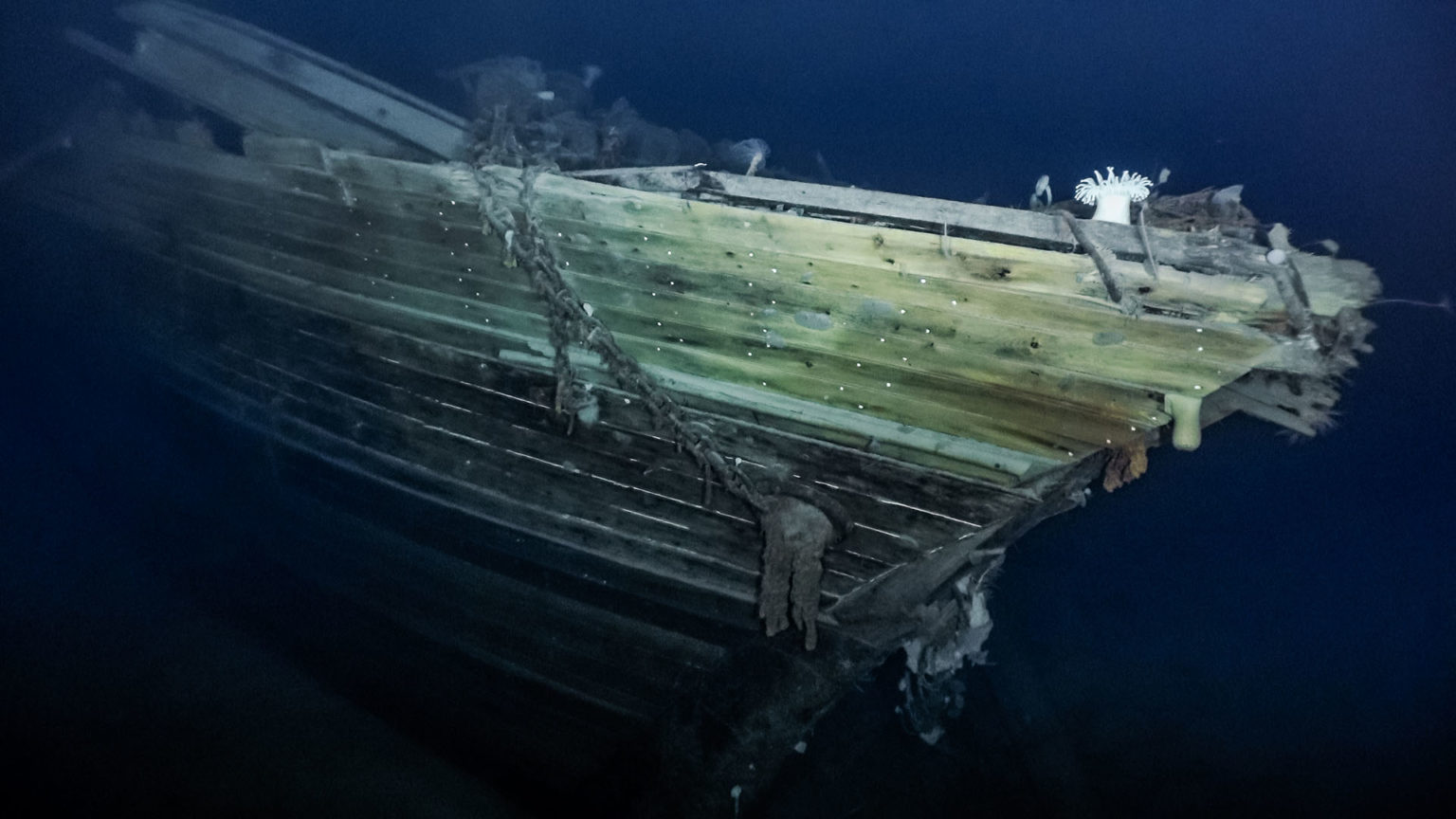

The wreck of the Endurance was found by a Saab Sabertooth hybrid underwater vehicle controlled by operators on the Agulhas II. The robotic vehicles can operate both on a tether or autonomously, as they did on the latest search.
After more than two weeks of searching a predefined search area based on Worsley's original sextant fixes, Agulhas II spotted the wreck, according to the FMHT.
The FMHT notes that the wreck is protected as a Historic Site and Monument under the Antarctic Treaty, and said it would not be touched or disturbed in any way while it is being surveyed from the Agulhas II.
The search expedition has been fortunate with conditions in the Weddell Sea, which can be notoriously icebound. Last month saw the lowest extent of Antarctic sea-ice recorded during the satellite era, which stretches back to the 1970s, the BBC reported.
Treacherous voyage

Shackleton used Endurance on his third of four expeditions to Antarctica.
He had visited the frozen southern continent twice before, from 1901 to 1903 as a subordinate of the polar explorer Robert Falcon Scott — during which time he took part in the first hot-air balloon flight from Antarctica — and then from 1907 until 1909, when his team reached the estimated location of the South Magnetic Pole.
A team led by the Norwegian explorer Roald Amundsen was the first to reach the geographic South Pole on Dec. 14, 1911, a few weeks ahead of a team led by Scott, which ended in tragedy.
Shackleton's aim in 1915 was to complete the first complete crossing of the Antarctic continent, by dog-sled from the Weddell Sea via the South Pole to Ross Island in the Ross Sea — a distance of about 1,800 miles (2,900 km).
The Endurance was meant to deliver Shackleton and his team to the southern coast of the Weddell Sea for the overland expedition. But the ship became trapped in heavy sea ice in October 1915, and the crew abandoned it and moved everything they could onto their camp on the ice floes.
After the Endurance sank, Shackleton and the other 27 members of his crew attempted to reach land by dogsled and eventually on lifeboats they had rescued from the ship.
In April 1915, they reached Elephant Island at the northern tip of the Antarctic Peninsula; Shackleton and five members of the crew then set out in one of the lifeboats through the stormy, freezing seas, for a whaling station on the sub-Antarctic island of South Georgia.
Shackleton returned to Elephant Island on a rescue ship shortly after, and — remarkably — all 28 of his crew survived the treacherous voyage.
Originally published on Live Science.
Tom Metcalfe is a freelance journalist and regular Live Science contributor who is based in London in the United Kingdom. Tom writes mainly about science, space, archaeology, the Earth and the oceans. He has also written for the BBC, NBC News, National Geographic, Scientific American, Air & Space, and many others.









